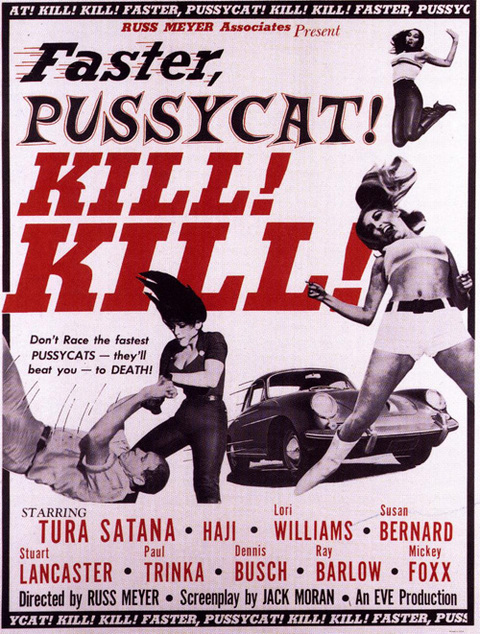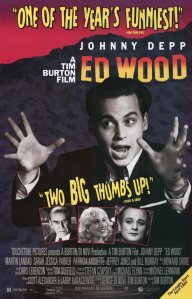With the help of bounty hunter Price (Robert Culp), Hannie Caulder (Raquel Welch) goes after the three marauding Clemens brothers (Ernest Borgnine, Jack Elam and Strother Martin) who killed her husband and have raped her.
Worth to be a cult movie, this (almost) forgotten gem is a kind of an oddity in the history of the Western film. American director Burt Kennedy (who wrote and directed many Westerns like Return of the Seven, The War Wagon, Dirty Dingus Magee and Young Billy Young) took charge of this British production that kicks in at the last years of the declining cycle of the Spaghetti Westerns in Europe and the Revisionist Western in the US. There is only half a dozen British Westerns (A Town Called Hell, Catlow, Chato’s Land, The Man Called Noon, Shalako, The Hunting Party) that became in/famous, and even those stood very much in the shadow of the glory of their Italian counterparts.
Hannie Caulder is an attempt to combine Spaghetti Western elements (ugly bad guys, dark incidents, cool costumes, funky one-liners, Spanish landscapes and a rousing score) with revisionist ideas (critical, more realistic depiction of the West, activation of stronger female roles, avoidance of an idealistic hero) and a bit of British humor and elegance (ironic and over-the-top characterizations of the bad guys, and Robert Culp and Christopher Lee do represent a dash of British gentlemanship). The plot moves very fast and is not always “airtight”, but the film certainly can stand as a standard example for an European Western with the additional twist that in the center of the story is not a tough gunman, but the sensuous Raquel Welch who I believe still can be considered a role model for a newer generation of women who is self-confident with its femininity, mental strength and ability to manage male skills. It took many years, arguably until the Nineties, that female leads appeared in mainstream US cinema who are strong – without adding fictional or overemphasizing masculine traits (or portraying them as femme fatales). Yet, “Hannie Caulder” was strangely shying away from being too consequent and therefore having a stronger ending…
When being asked why the western lost popularity in the public, Burt Kennedy answered in an interview for the MovieMaker Magazine: “Because of the tempo of a western—the attention span [it requires]. We’ve educated audiences to see things blowing up. In the old days we used to do stories.” This movie certainly represents a bridge between old and modern filmmaking. Welcome to the wild Seventies!
IMDb link: http://www.imdb.com/title/tt0068675/?ref_=nm_flmg_dr_29




